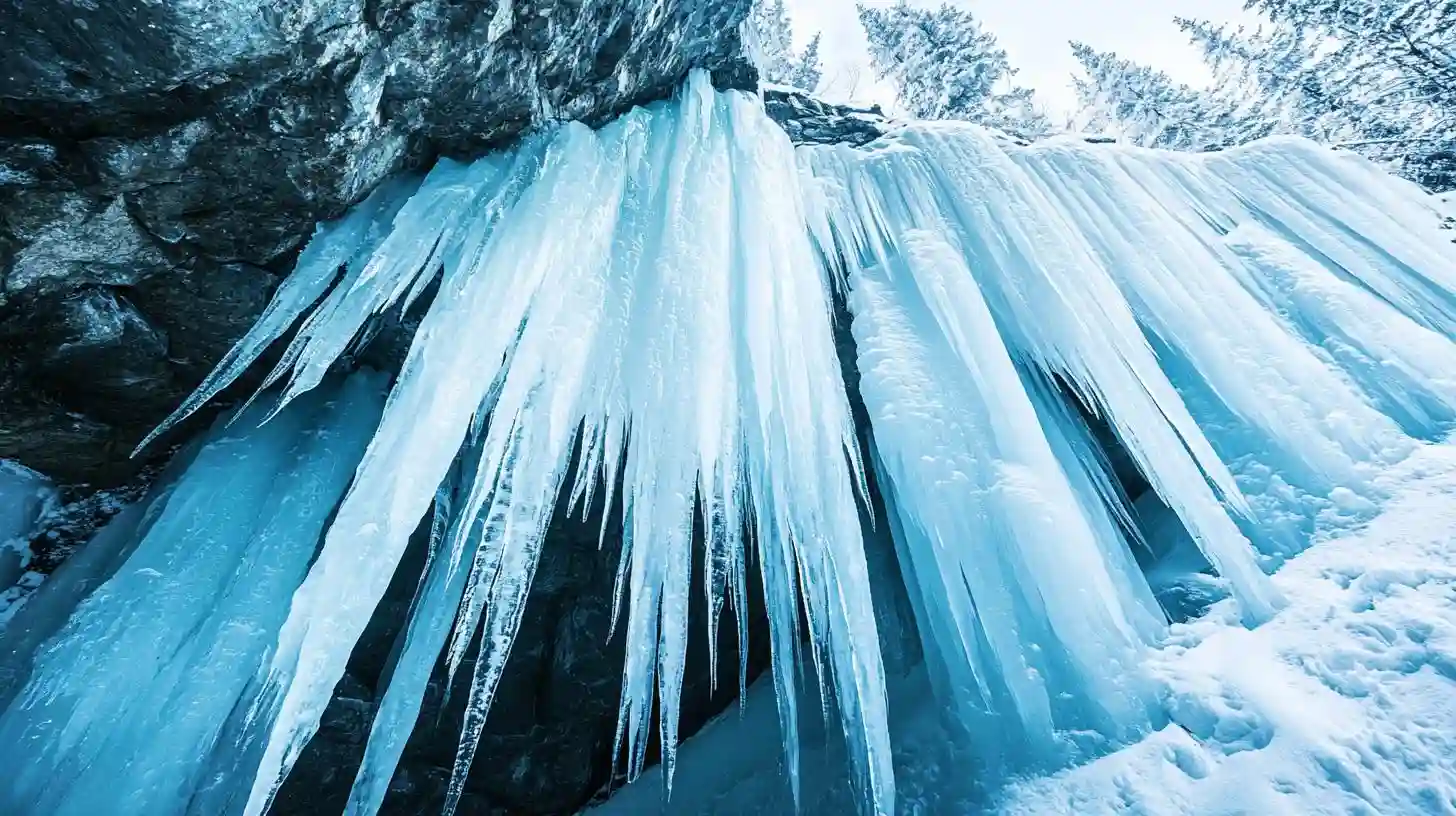
Ice climbing, a thrilling and demanding pursuit, has carved a niche for itself among extreme sports, attracting adventure enthusiasts worldwide. This ice-bound activity combines elements of mountaineering, rock climbing, and sometimes even technical rescue skills, demanding not only physical prowess but also mental fortitude. The allure of scaling frozen waterfalls, steep ice cliffs, and icy mountain faces captivates adventurers who yearn for an adrenaline rush, breathtaking views, and the satisfaction that comes from conquering nature's most formidable artworks.
At the core of ice climbing lies the unique challenges presented by ice as a medium. Unlike traditional rock climbing, climbers face the added complexities of fluctuating temperatures, ice conditions, and weather patterns, all of which can drastically influence their ascent. The ice can be soft and unstable in warmer conditions, or hard and brittle in freezing temperatures. These variations require climbers to possess a keen understanding of ice structure, enabling them to make informed decisions about which routes to take while assessing risks to ensure their safety.
Gear plays a critical role in ice climbing. Specialized equipment such as crampons, ice axes, and harnesses are essential for navigating vertical ice terrain. Crampons, metallic devices that attach to the soles of climbing boots, provide the necessary traction on slick surfaces, while ice axes are used for both support and ascent. The innovation of modern climbing gear has transformed the sport, offering climbers enhanced safety and performance, which has contributed to the growth of ice climbing as a recreational activity. Additionally, advances in clothing technology allow climbers to combat the extreme cold while remaining agile and comfortable during their climbs.
For many climbers, the quest for the perfect frozen waterfall becomes an obsession. Locations such as the Canadian Rockies, the ice cliffs of Norway, and the picturesque glaciers of Patagonia draw climbers from around the globe. Many climbers take part in organized expeditions that offer experiences led by seasoned professionals who guide the journey while teaching essential skills. These guided climbs not only foster personal growth and skill development but also build camaraderie among participants as they share their triumphs and challenges on the ice.
One of the most appealing aspects of ice climbing is the opportunity to immerse oneself in stunning natural landscapes. Many climbers describe the experience as transformative, as they navigate ethereal ice formations that shimmer in the light, surrounded by the majestic silence of remote areas. The sense of solitude found amongst frozen monoliths offers immense psychological benefits, allowing climbers to connect with nature while forging an awe-inspiring relationship with the environment. This communion with nature fuels a sense of accomplishment as climbers conquer daunting routes.
The sport of ice climbing is not without its dangers. Even proficient climbers must remain vigilant, as ice falls, injuries, and unpredictable weather can pose real threats. Understanding the importance of risk management becomes vital, as preparation often includes studying weather patterns, assessing route conditions, and utilizing proper safety measures. Climbers learn the significance of teamwork, communication, and support, as these factors can be crucial during both practice and extreme conditions. Developing relationships with fellow climbers fosters an environment of trust and reliance that enhances the overall experience and safety.
With its rise in popularity, ice climbing has seen a surge in community support and resources, including competitions, training programs, and social media platforms where climbers share tips, routes, and personal experiences. Various festivals and competitions celebrate the sport, creating opportunities for participants to showcase their skills while encouraging newcomers to join the adventure. This growing community spirit fosters inclusivity and provides a platform where knowledge can be shared, enabling climbers of all skill levels to engage with the sport.
Ice climbing captures the essence of human adventure, blending physical challenge with the beauty of nature in its most frozen form. As climbers continue to push their limits, the sport evolves, inspiring others to venture into the icy unknown. With climbs ranging from beginner-friendly to advanced, ice climbing remains an accessible pursuit that offers rewards for both solitary adventurers and groups alike. The thrill of gripping on to a translucent column of ice while suspended high above the ground cannot be understated; it embodies the quest for excitement and fearlessness in the face of nature's awe-inspiring force. As more adventurers take up ice climbing, the legacy of this extreme sport continues to grow, leaving behind unforgettable experiences and fostering profound connections with the vertical world of ice.